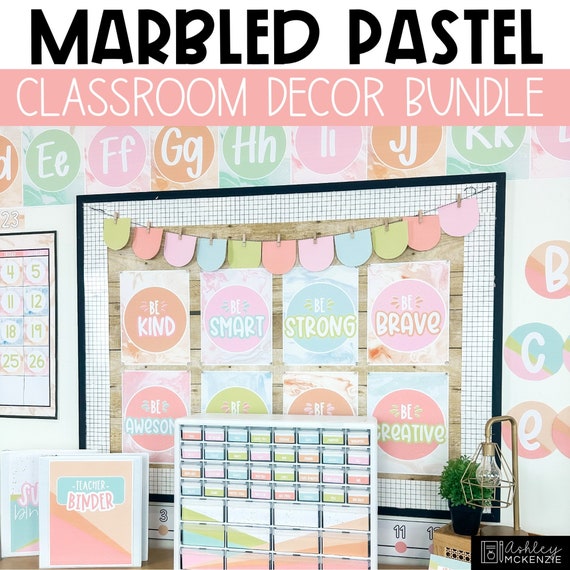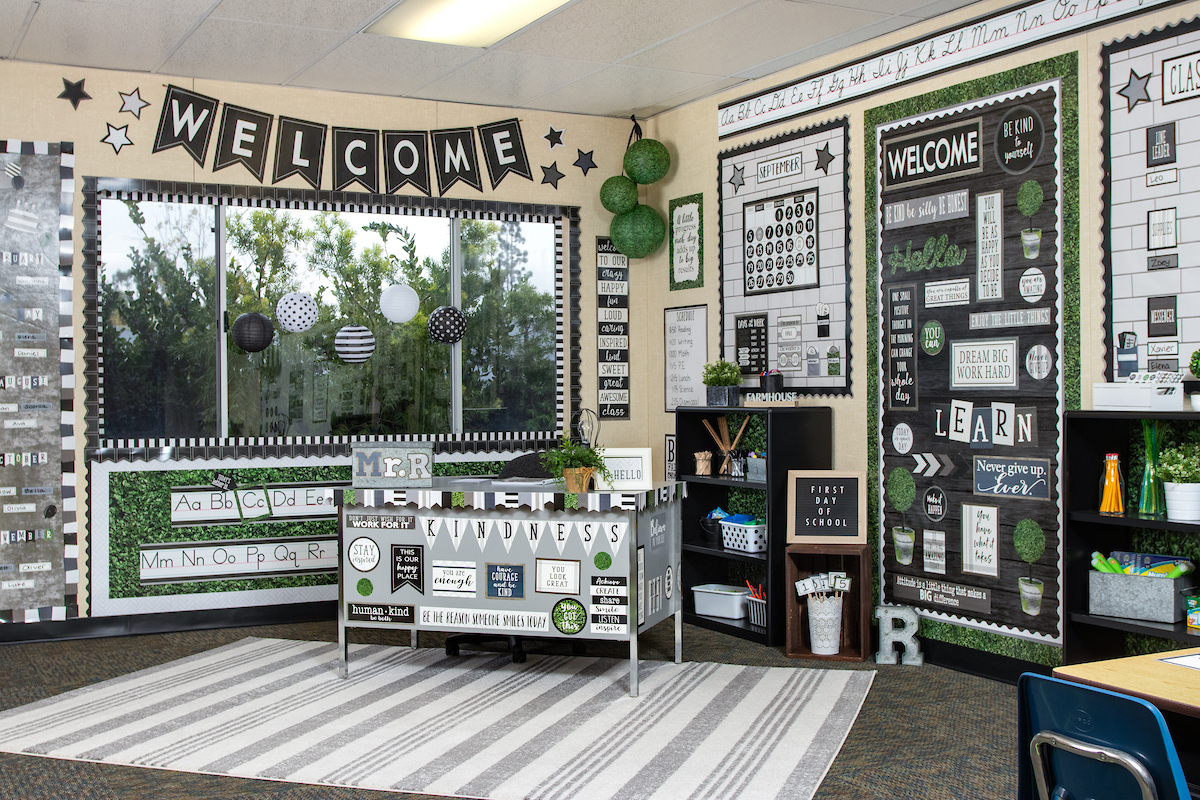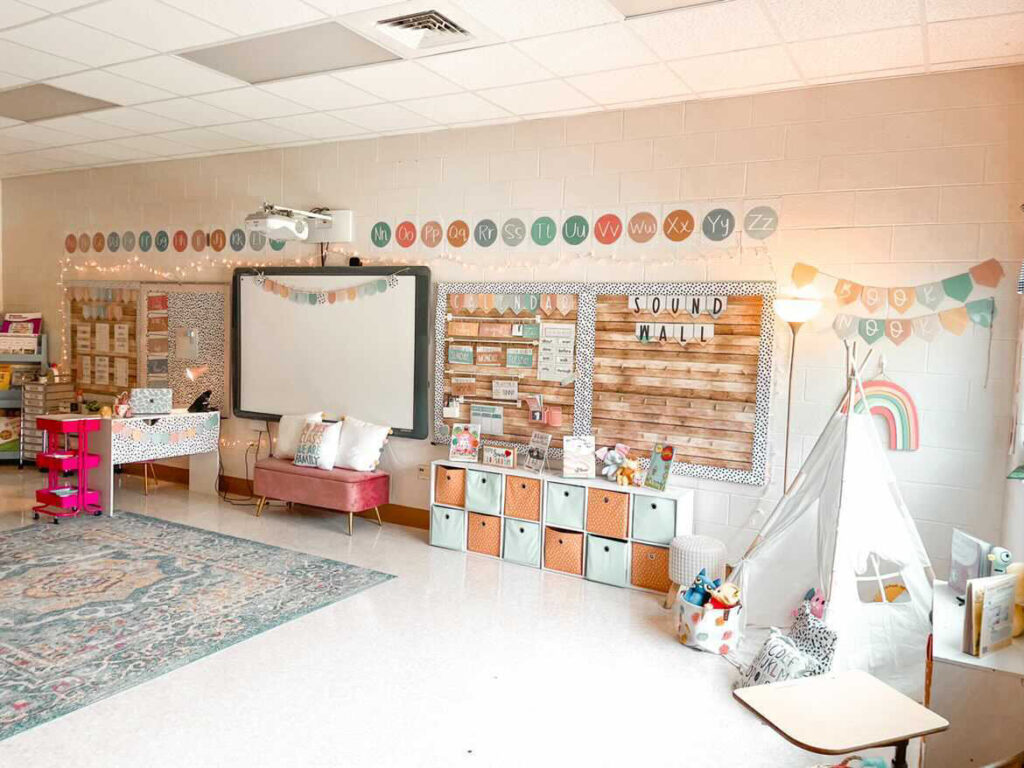Introduction to Modern Classroom Decor
In today’s educational landscape, the way we perceive classroom decor has evolved significantly. Gone are the days of dull, uninspiring environments; modern classrooms are spaces that foster creativity, collaboration, and a love for learning. In this article, we’ll delve into various aspects of modern classroom decor, drawing from personal experiences and insights gained over the years.
Why Modern Classroom Decor Matters
Classroom decor is not just about aesthetics; it plays a vital role in the learning experience. An inspiring environment can boost student engagement, enhance focus, and create a sense of belonging. Let’s explore the benefits:
- Encourages Engagement: Thoughtful designs can pique students’ interests.
- Fosters Creativity: Unique and colorful decor can stimulate creative thinking.
- Enhances Comfort: Comfortable environments can reduce stress and promote well-being.
Key Elements of Modern Classroom Decor
Designing a modern classroom involves integrating specific elements that contribute to an effective learning environment. Here are some key components:
1. Color Schemes
Color plays a crucial role in influencing mood and behavior. Bright colors like yellow and orange stimulate energy, while blues and greens promote calmness.
2. Flexible Furniture
Modern classrooms utilize flexible furniture that can be reconfigured to support various learning activities. This could include:
- Adjustable desks
- Collaborative seating arrangements
- Mobile whiteboards
3. Natural Elements
Incorporating elements like plants and natural light has been shown to improve air quality and enhance overall well-being.
4. Technology Integration
Modern classrooms often feature technology to aid learning. This can include interactive whiteboards, tablets, and smart projectors.
5. Student-Created Decor
Encouraging students to create decor fosters a sense of ownership and pride in their environment. This could include artwork, posters, or project displays.

Inspiration: Styles of Modern Classroom Decor
There are numerous styles to consider when decorating a modern classroom. Here are some popular ones:
1. Minimalist
The minimalist style embraces simplicity, using a limited color palette and clean lines. This allows the focus to remain on learning without distractions.

2. Eclectic
For those who love creativity, an eclectic mix of patterns and colors can create a vibrant atmosphere. This style reflects the diversity of student backgrounds.
3. Nature-Inspired
This style incorporates many organic elements, such as wood, stone, and greenery. A nature-inspired classroom creates a calming environment conducive to learning.

4. Tech-Friendly
A tech-friendly classroom is equipped with the latest gadgets and tools that enhance learning experiences, making technology a central part of decor.
5. Collaborative Spaces
Modern classrooms often feature areas designed for group work, using modular furniture that can be easily moved to support different learning activities.

Pros and Cons of Various Decor Styles
| Style | Pros | Cons |
|---|---|---|
| Minimalist | Simplicity, Focus, Easy to Maintain | May feel sterile to some students |
| Eclectic | Vibrant, Encourages Creativity | Can be overwhelming if not balanced |
| Nature-Inspired | Calming, Enhances Well-being | Requires maintenance for plants |
| Tech-Friendly | Engaging, Facilitates Modern Learning | Can require costly investments |
| Collaborative Spaces | Encourages teamwork and communication | Can require space management |
Practical Tips for Implementing Modern Decor
1. Focus on Functionality
When choosing decor, always prioritize functionality. Every item should serve a purpose, whether it’s enhancing learning or making the space comfortable.

2. Foster Student Input
Engaging students in the decorating process can lead to a classroom that reflects their interests and identities, creating a more personalized environment.
3. Regular Updates
Keeping the classroom decor fresh and updated can renew excitement and motivation among students. This could mean seasonal changes or updating displays regularly.

4. Create Zones
Design the classroom into different zones: a reading corner, a collaborative space, and a quiet area. This helps manage activities and student behavior effectively.
Personal Experience: A Successful Classroom Transformation
Reflecting on my experience as an educator, I recall when I transformed my classroom from a bland, uninspiring environment to a vibrant learning space. It began with choosing a warm color palette that made students feel welcome and safe. I involved my students in discussions about what they wanted to see in their space, and their ideas were both innovative and practical.
By integrating flexible seating options and creating zones for different types of learning, I noticed a significant change in student engagement. The classroom became a hub of activity where students thrived academically and socially.

Frequently Asked Questions
What are the best colors for classroom decor?
Colors like blue and green promote calmness and focus, while yellow and orange can energize students. It’s essential to balance energetic colors with calming hues.
How can I create a flexible learning environment?
Incorporate movable furniture that can be reconfigured for different activities, and create spaces where students can work individually and collaboratively.
What types of decor should be avoided?
Avoid clutter and overly bright colors that may distract students. It’s crucial to maintain a balance that allows for focus and creativity without overwhelming the senses.
How can I involve students in the decor process?
Encourage students to suggest decorations or themes for the classroom. Let them create art pieces or select a color scheme that reflects their personality and interests.
Is technology important in modern classroom decor?
Yes, integrating technology into classroom decor is essential for enhancing learning experiences and preparing students for a tech-driven world.